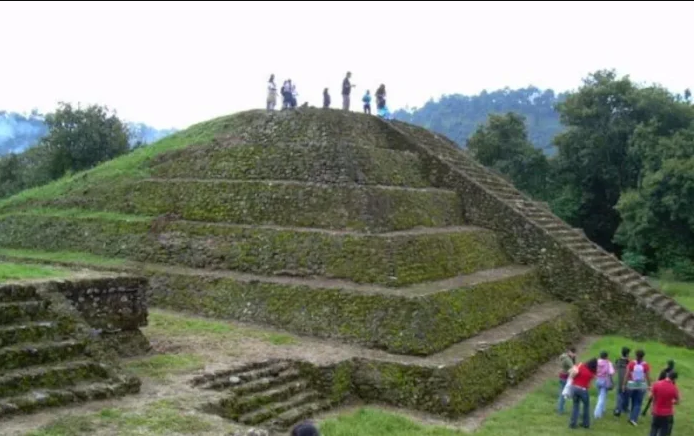Introduction to Opeño
Opeño is a Mesoamerican archaeological site located in Jacona Michoacán Mexico. Its significance lies in the ceramic material found within its funerary complexes which date back to the Late Preclassic period. Here are some critical points about Opeño:
Antiquity and Style: El Opeño’s tombs considered the oldest in Mesoamerica have been dated to around 1600 BCE a period contemporaneous with the development of the Olmec culture. This discovery challenges the notion that the Olmecs were the sole precursors of Mesoamerican civilizations.
Cultural Context: While the exact identity of Opeño’s inhabitants remains unclear several cultures including the Chichimeca Tecuexe Purépecha and the Capacha culture inhabited the broader ancient Mexico region (known as Cem Ānáhuac). These cultures shared common linguistic origins likely rooted in the Nahuatl language and its derivatives.
History of Opeño:
The name Opeño itself lacks a precise meaning but it is associated with the city of Jacona (also known as Xucunan). Some interpretations suggest it means “place of vegetables” or “place of flowers and vegetables. The Tecuexe civilization, part of the Chichimeca group also played a role in the area’s history.
Features of Opeño:
Opeño consists of a funeral complex following the Shaft tomb tradition prevalent in the western regions of Mesoamerica (including Jalisco Colima Nayarit and Michoacán). The site’s ceramic artefacts provide valuable insights into the pre-Columbian past revealing artistic styles and burial practices.
Detailed Categories:
While Opeño’s specific categories are not explicitly outlined their significance lies in antiquity ceramics and cultural context. Researchers continue to explore and analyze the site shedding light on its broader historical context. The archaeological site of El Opeño has yielded remarkable artefacts that offer glimpses into the lives of its ancient inhabitants. Here are some notable findings:
- Ceramic Vessels: El Opeño’s well-preserved tombs contain ceramic vessels adorned with intricate designs and glyphs unique to the site’s artistic style.
- Jade Jewelry: Among the treasures discovered are jade ornaments reflecting the craftsmanship and aesthetic preferences of those who once lived there.
- Figurines: Archaeologists have unearthed ceramic dolls and figurines providing insights into religious practices social roles and daily life.
- Architectural Structures: The site also reveals architectural features although specific details about these structures remain a subject of ongoing research.
These artefacts collectively contribute to our understanding of Mesoamerican history and the cultural tapestry woven at El Opeño.
FAQs About Opeño
What does Opeño mean?
The exact meaning remains uncertain but it is associated with Jacona (Xucunan) and may relate to vegetables or flowers.
Who inhabited Opeño?
Various cultures including the Chichimeca Tecuexe and Purépecha left their mark on the region.
Why is Opeño important?
Its ancient tombs challenge the dominance of Olmec culture as the sole precursor to Mesoamerican civilizations.
Conclusion:
Opeño invites us to explore the rich tapestry of Mexico’s past where diverse cultures intersected and left their legacy. El Opeño’s tombs dating back to around 1600 BCE challenge the dominance of Olmec culture as the sole precursor to Mesoamerican civilizations. While the exact identity of Opeño’s inhabitants remains uncertain various cultures including the Chichimeca Tecuexe and Purépecha left their mark on this region. Researchers continue to explore and analyze the site, unravelling its mysteries and contributing to our understanding of Mesoamerican history.






